May 16, 2025 | 10:05 GMT +7
May 16, 2025 | 10:05 GMT +7
Hotline: 0913.378.918
May 16, 2025 | 10:05 GMT +7
Hotline: 0913.378.918
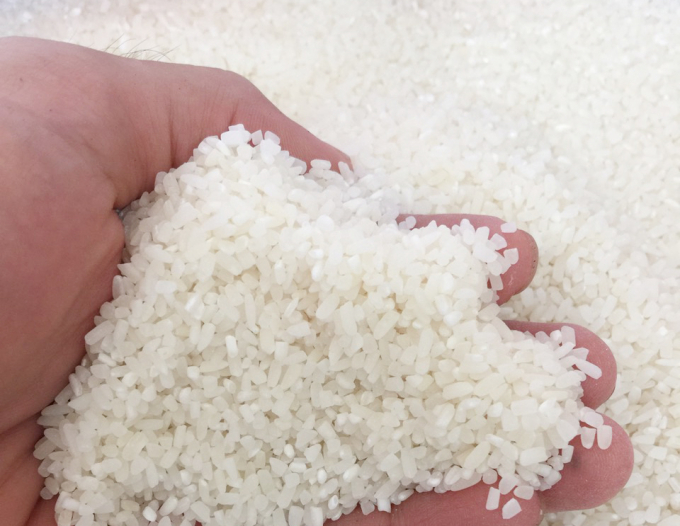
Unusually high demand for broken rice in Asian comes from feed industry. Photo: TL.
Vietnam Industry and Trade Information Center under the Ministry of Industry and Trade (MoIT) reported unusually high demand for broken rice from China in recent days.
Much of this unusual demand for broken rice ultimately comes from rising animal feed costs amid concerns about tightening supplies of wheat and corns. The prices of corn and wheat have spiked amid rising tensions around the Black Sea in recent weeks,
Ukraine is the world's fourth-largest corn exporter and Russia is the world's largest wheat exporting country. Both countries account for about 29 per cent of global wheat exports and 19 per cent of corn exports. Russia's war on Ukraine could trigger a global food crisis.
A surge in wheat and corn prices is boosting demand for broken rice sourced from Asia as buyers are turning to the low-grade rice as an alternative to corn and wheat in animal feed. On March 11, Price for 100% Indian broken rice rose to US$313 per ton ( FOB), an increase of US$32 per ton since the beginning of the year.
Indian rice exporters said they have seen "very agressive" demand from Chinese buyers with India also facing supply curbs elsewhere. These curbs are as a result of better-than-expected kharif crop milling yields, higher demand for 25% broken white rice in relation to 5% broken white rice and issues in transporting broken rice from inland mills to Kakinada Port.
In Pakistan, exporters have also reported incredibly strong broken rice demand from China at a time when head rice demand is subdued. Numerous sources have reported that mills are processing paddy simply to extract the broken rice, which is typically considered a byproduct.
One exporter even made the claim that some mills were breaking head rice to supply broken rice orders, primarily to China.
Even outside of China, broken rice trade has been dynamic recently.
A Thai source reported that a break-bulk shipment of broken rice had left Bangkok bound for the US on February 28. The sale was "unusual" as US buyers typically secure their international broken rice requirements from Brazil.
Rising freight and feed prices have sparked demand for broken rice.
Asian countries such as Thailand and Vietnam that would typically export large volumes of broken rice then and import large volumes of feed grains may see an influx of domestic demand for broken rice in the coming weeks to satisfy feed demand.
Broken rice prices even higher than head rice prices
Some Pakistani sources reported prices for 25% broken white rice at a discount to 100% broken white rice, and S&P Global Platts assessments of these grades were on a par for the first time ever on February 28.
.Prices for broken rice on par with or even above prices for head rice were unusual with rising tensions in the Black Sea
According to Vietnam Food Association, prices for Vietnamese 25% broken rice was on par with prices for Thai 100% broken rice on March 11 at US$423 per ton. In the meantime, Pakistani 25% broken rice was traded at US$316 per ton on the same day, lower compared to price for Vietnamese 100% broken rice (US$330 per ton).
Translated by Mai Tham
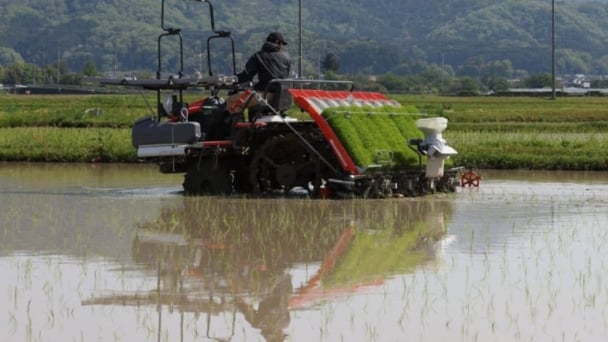
(VAN) Japan's efforts to lower the price of rice through the release of its stockpile may finally be making some progress, albeit at a snail's pace.
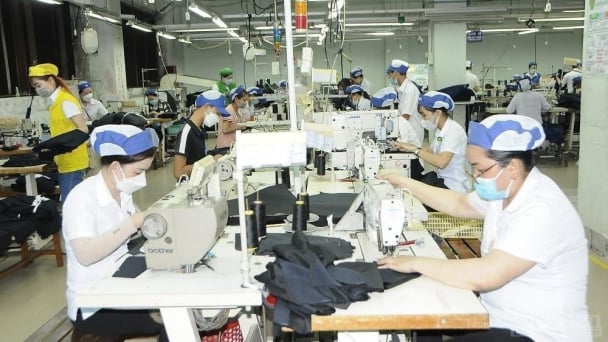
(VAN) U.S. tariffs are not only a 'shock', but also an opportunity for Vietnamese businesses to renew their mindset toward comprehensive development.
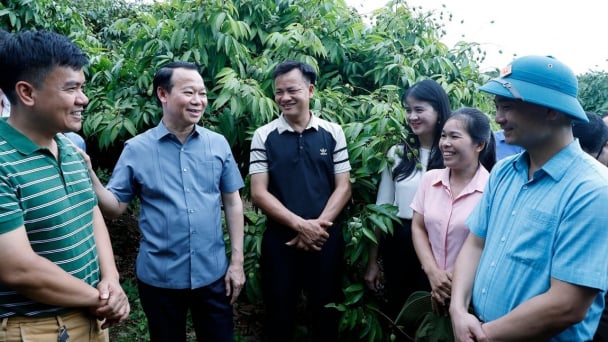
(VAN) As Bac Giang lychee enters the harvest season, Minister Do Duc Duy expects that the fruit will contribute greatly to agricultural exports due to standardized production and deep processing.
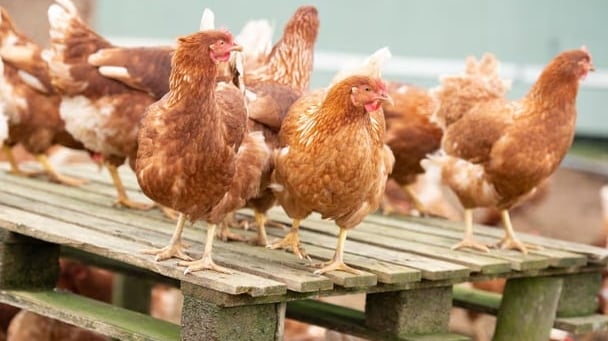
(VAN) Consumers have shown a preference for free-range eggs, but those farming systems are more vulnerable to biosecurity risks like bird flu.
/2025/05/09/5701-1-184335_301.jpg)
(VAN) Vietnam’s eel exports nearly doubled thanks to a mud-free farming model, opening up new prospects while still facing numerous barriers related to international standards.

(VAN) Minister Do Duc Duy warned that if production is not professionalized and supply chains are not transparent, the U.S. market could become a growth bottleneck.
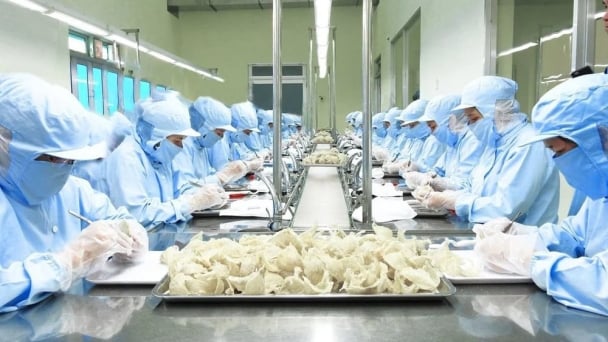
(VAN) Delegating surveillance responsibilities to local authorities is a cost-saving and efficiency-boosting measure that removes a key bottleneck for enterprises, according to Director General Duong Tat Thang.